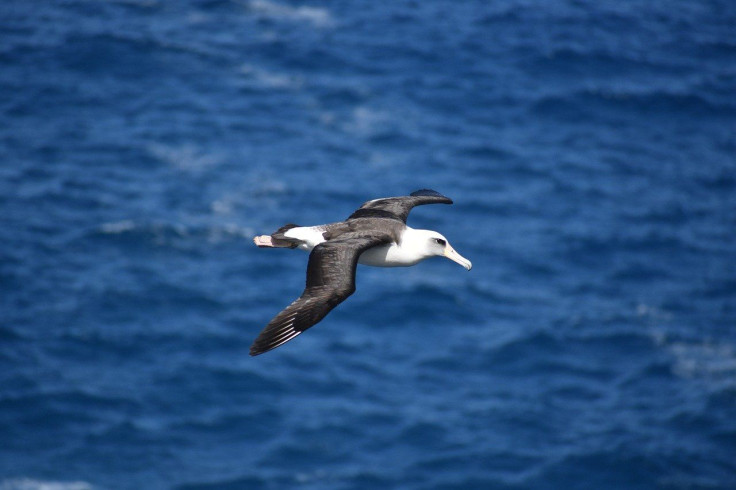Ocean Sentinels: Albatrosses Help Expose Illegal Fishing
KEY POINTS
- Having a fishing vessel's identification system turned off is a sign of illegal fishing
- Scientists used albatrosses equipped with a special device to detect ships' radar signals
- Of 353 radars contacts with albatrosses, 30 percent had their identification turned off
From inspiring ancient mariners and poets, majestic albatrosses are now helping scientists in the fight against illegal fishing. In a study, a squad of over 160 albatrosses helped scientists detect fishing vessels potentially involved in illegal activities.
Albatrosses
Albatrosses are large seabirds that are capable of flying great distances. In fact, in windy weather, albatrosses can keep gliding for hours even without flapping their massive wings. Typically, albatrosses only come ashore to breed and, although they normally feed on squid, they are also very attracted to fishing boats, particularly the fish and fish parts that are thrown overboard.
Although some mariners find being followed by an albatross as a bad omen while others find it to be a sign of good luck, it is clear to the researchers of a new study, published in the journal PNAS, that albatrosses are perfect for their study in which they sought to locate undeclared and illegal fishing in the southern Indian Ocean.
Radar Detector
For the study, researchers equipped 169 albatrosses with the Argos system, a solar-powered lightweight device that has a GPS antenna to track location, an antenna that can detect ship radar and a third antenna that will send data back to the researchers.
They did this because registered fishing vessels all have automated identification systems (AIS) that have to remain activated. If a vessel’s AIS is turned off, it is likely that it is engaging in anillegal activity such as fishing in national economic zones.
"On certain Chinese or Spanish ships the signal suddenly goes silent when they approach an economic zone," lead author Henri Weimerskirch of France's National Centre for Scientific Research said. "That means they're fishing in the boundary area."
This is problematic for enforcement and conservation officers, who are trying to prevent rogue ships especially since other means to search for these boats are too expensive.
This is where the albatrosses come in.
Although these ships have turned off their AIS, they still need a radar to navigate and prevent collisions with other boats. The moment that an albatross approaches a boat, the device mounted on its back detects the radar signal then sends the data directly to the scientists. The scientists can, then, locate the ships and see whether they have turned their AIS off.
Ocean Sentinel
The scientists conducted the study for six months and, interestingly, they found that out of the 353 radar contacts that the albatrosses made, 30 percent were actually from vessels that have turned off their AIS. This is the first estimation of the number of undeclared fishing boats operating without an AIS in the southern Indian Ocean.
“Our results demonstrate the potential of using animals as Ocean Sentinels for operational conservation,” the researchers wrote about their “proof of concept” mission, which is part of a European program that encourages the development of innovations that help with data collection for conservation with the help of animals.
So far, the mission is also being tested in Hawaii and New Zealand. The technology can also be used with other animals such as sea turtles and sharks.

© Copyright IBTimes 2024. All rights reserved.












